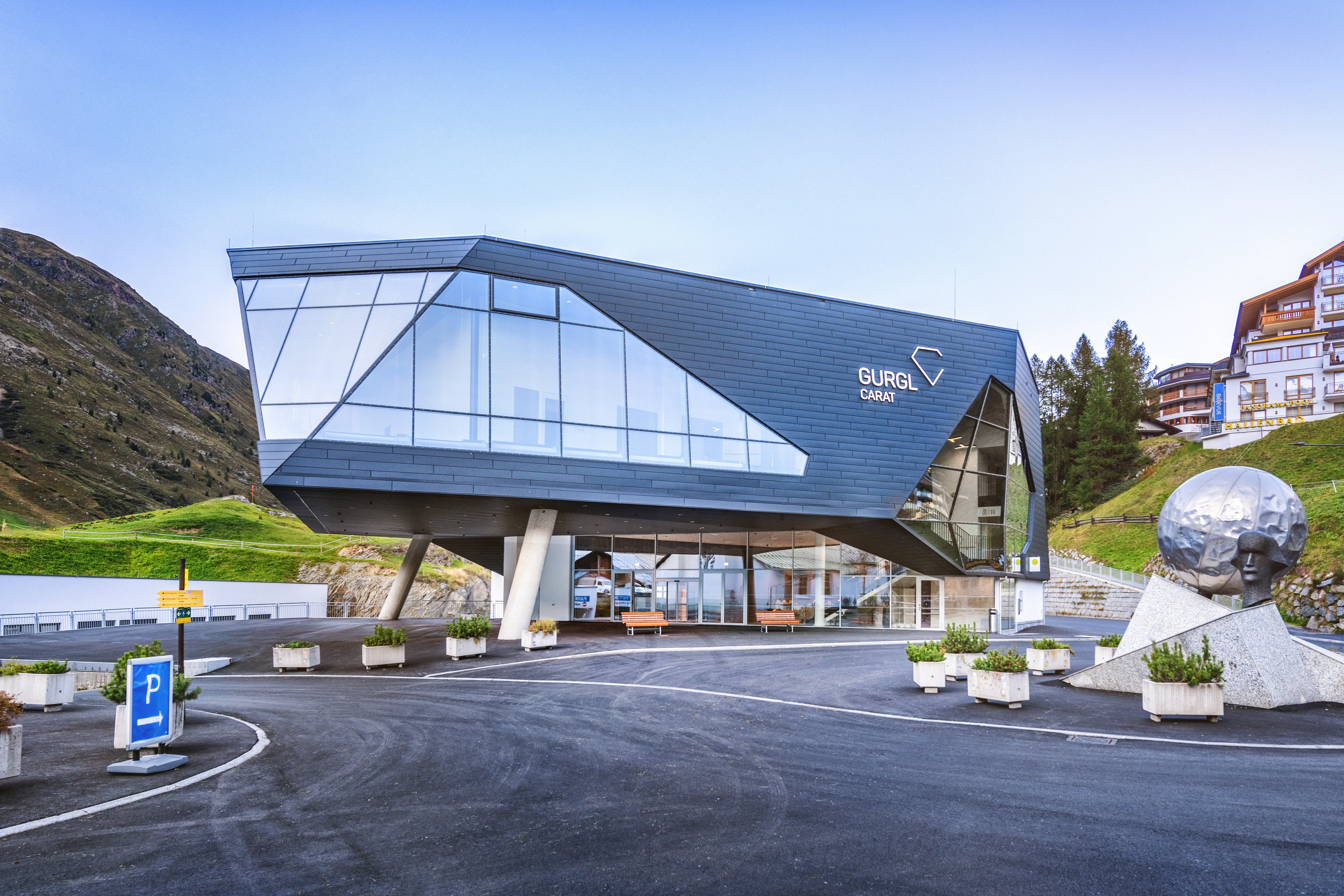First and foremost, a team meeting requires a team and a meeting. So far, so simple. But for a good and effective team meeting, there are a few things to keep in mind to make the meeting a complete success. Not only because of their technical importance team meetings are an important part of daily working routine. The social component also plays a crucial role. In this way, team meetings contribute to quick decision-making, effective collaboration and profitable discussions. Each participant contributes useful expertise and knowledge while synergies are created. This drives innovation, increases teamwork and commitment, and strengthens the company or organization in general.

